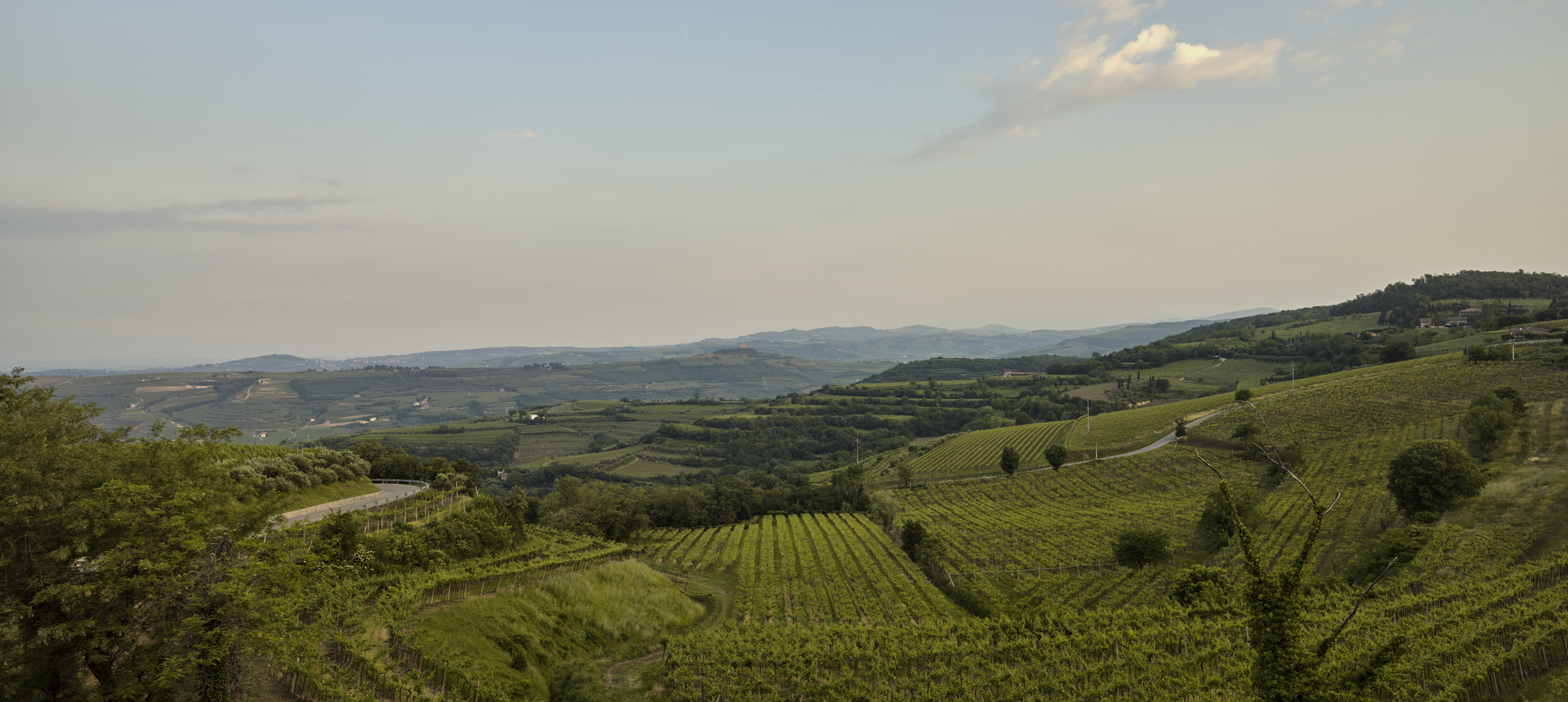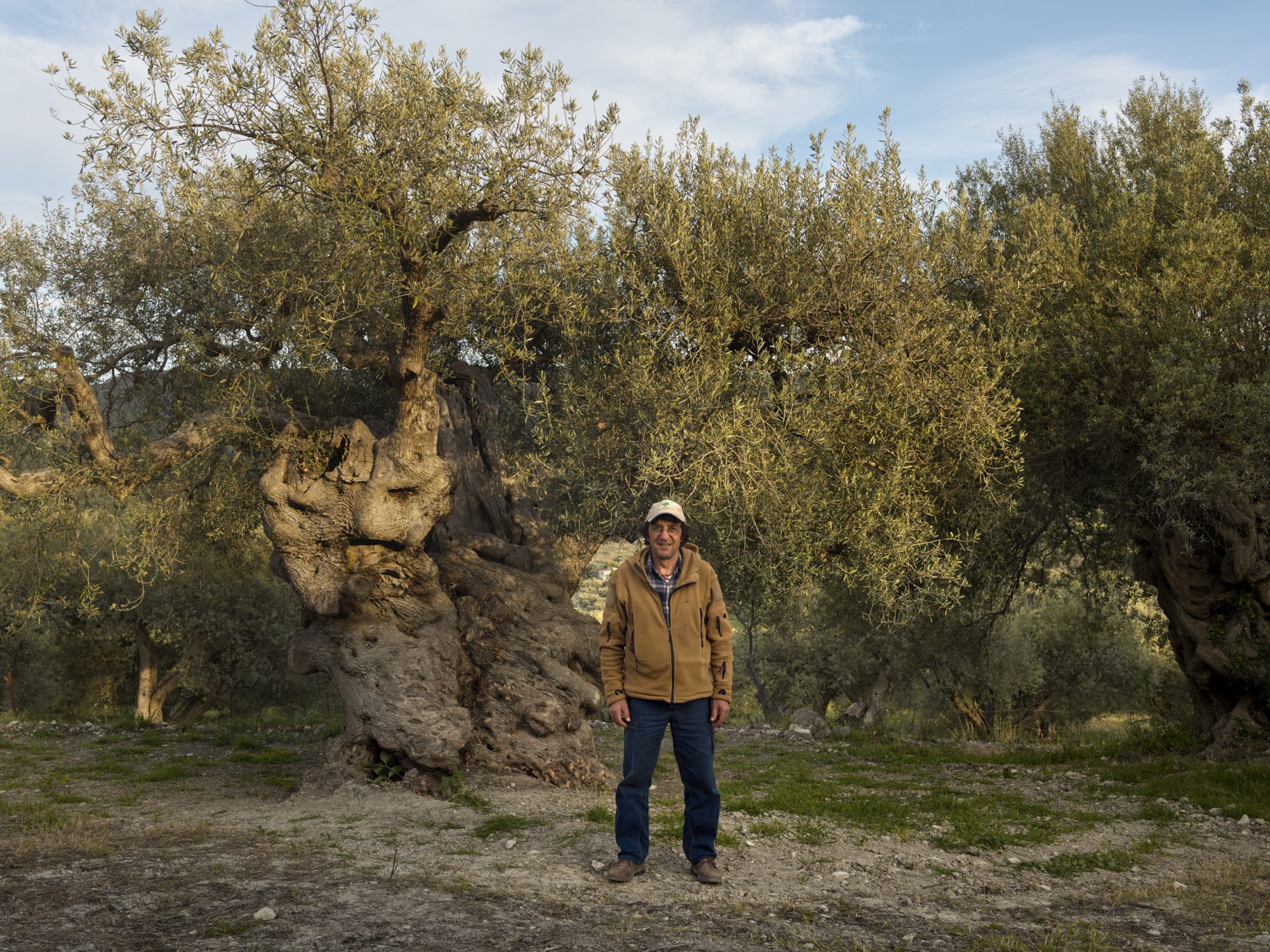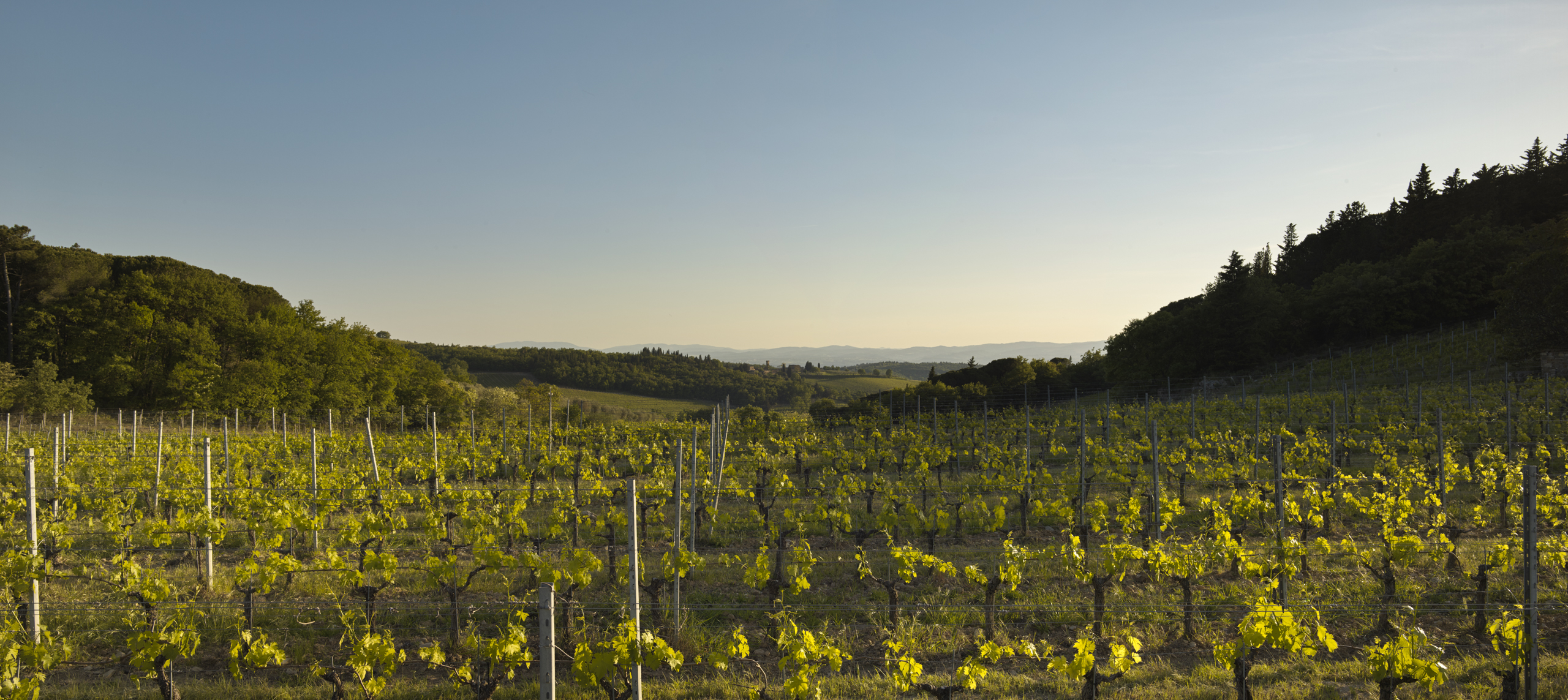

The Chianti region of Tuscany, between Florence, Siena and Arezzo, is famous above all as the region of the famous Chianti Classico. The landscape of gently rolling hills, with their vineyards, olive groves, cypresses and mediaeval villages, is blessed with the delicate balance between terroir and climate that makes the region so suitable for viticulture.
In the landscape of terraces and dry stone walls typical of this part of Tuscany, wine has been produced since the thirteenth century. In the 1960s Chianti had a dubious reputation. The wine in its traditional bottle with a basket, known as a fiasco, was regarded as ‘pizzeria wine’, and indeed empty fiascos hung from the ceilings formed the decor of many a pizzeria.
Nowadays it’s recognized as of outstanding quality, but as well as the better Chianti Classico wines, much bulk wine is produced in the region for sale through supermarkets, and it too enjoys huge popularity, with more than a million hectolitres of it produced every year.
The Chianti wine region lies roughly in between Firenze and Siena and covers around 70,000 hectares, of which 7,200 hectares of vineyards are reserved for the Chianti Classico.
The drawback to its success is that the iconic landscape is slowly disappearing as terraces are forced to make way for flat land that can be worked more efficiently, artificial fertilizer, herbicides and pesticides have been introduced, and mechanical harvesting is used to guarantee maximum productivity.
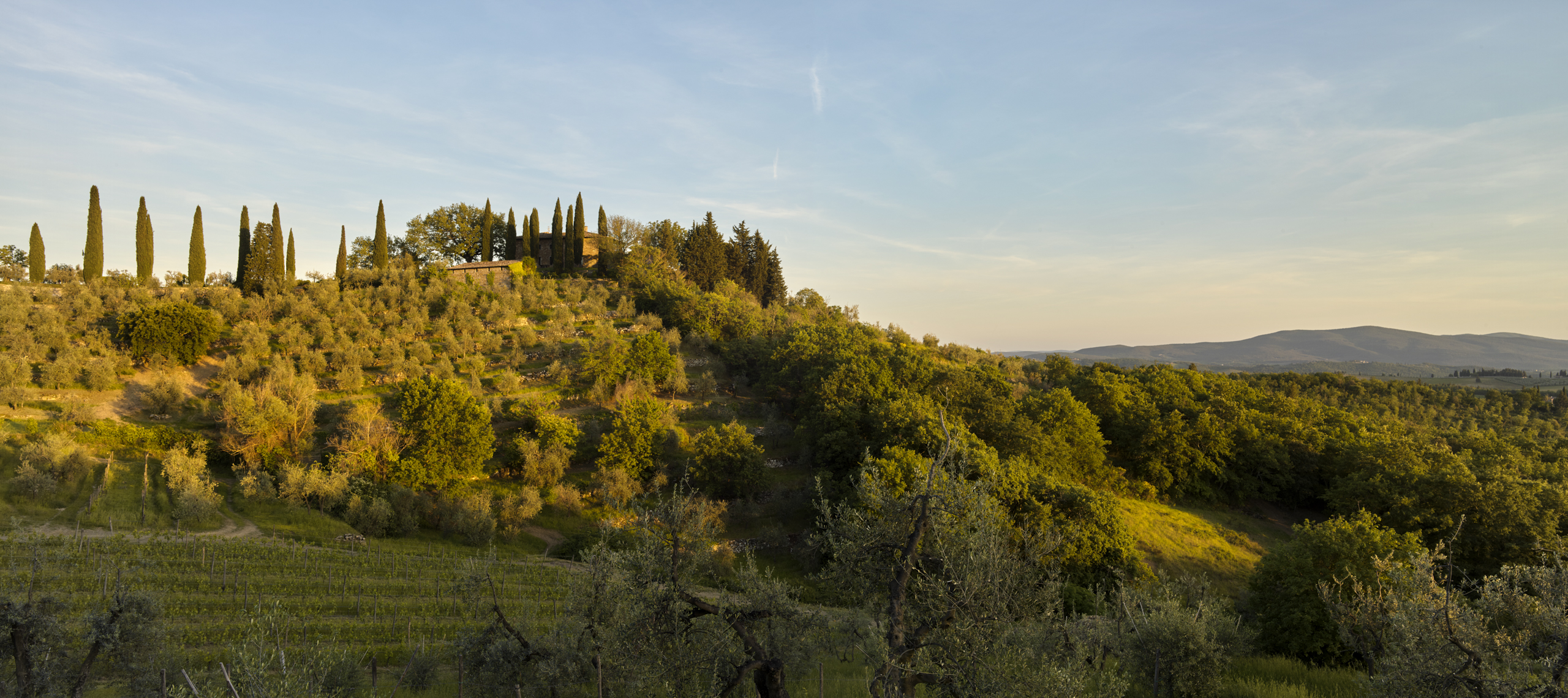
Anyone driving along the SR 222, the Chiantigiana from Florence to Siena, passes Gagliole, one of the most beautiful villages in the Chianti region. It’s where Thomas and Monika Bär met and fell in love with the landscape, the natural environment and each other. In 1990 they returned to the place where they found love and bought the Gagliole estate. With great passion they restored the villa and its surrounding vineyards and olive groves to their original state.
They rebuilt the terraces with their dry stone walls, and with patience, dedication and enthusiasm they started to produce organic wine and olive oil. Now they are supplying fantastic chianti wines. Furthermore, Thomas and Monika Bär have saved an important piece of cultural heritage from destruction and preserved a way of farming that would otherwise have been lost for ever.
Gagliole is one of the few places not just in Chianti Classico but in Tuscany where these extraordinary terraces with dry stone walls can still be found. We spoke to Giulio Carmassi, the estate’s agronomist and winemaker.
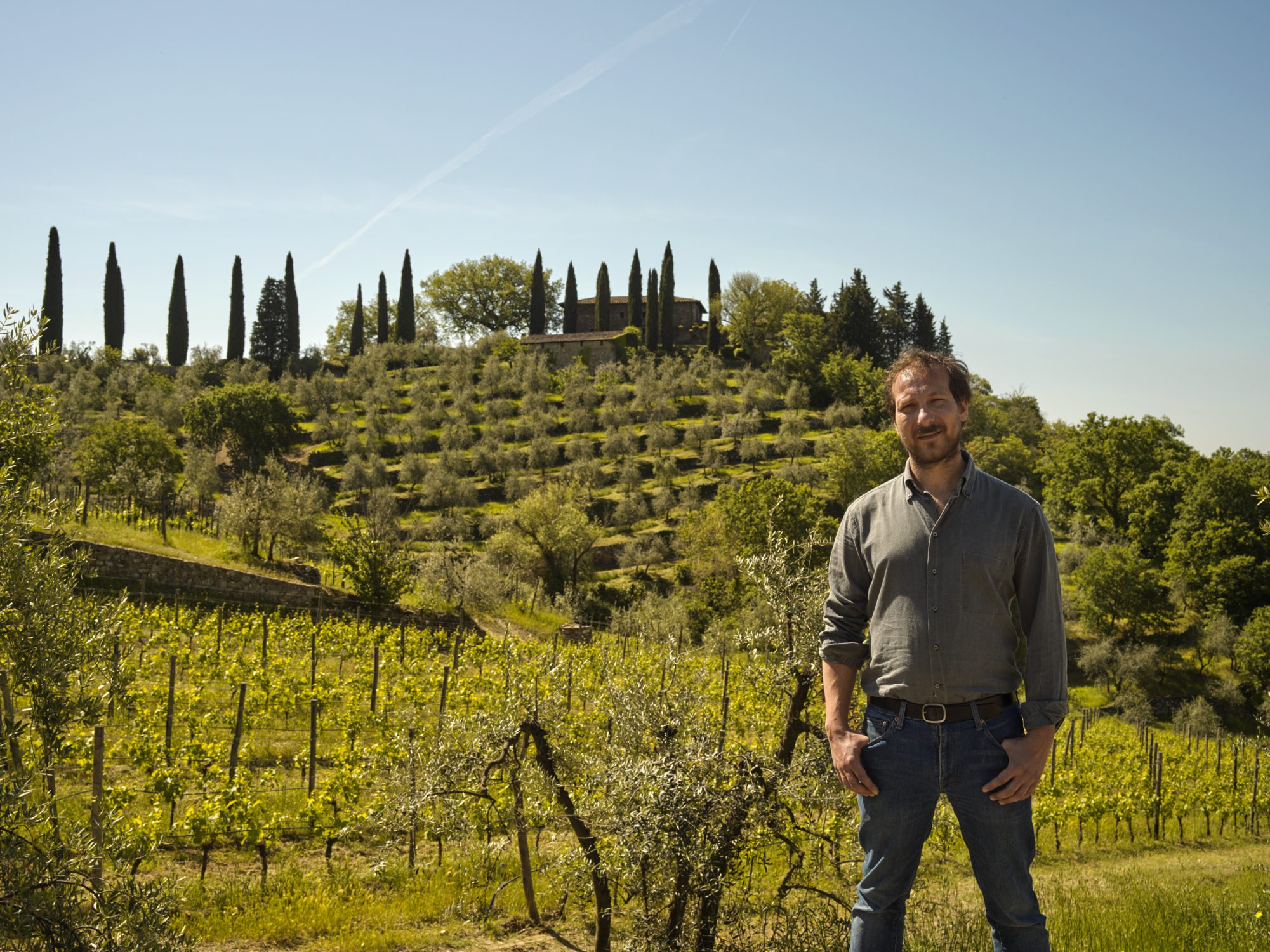
Giulio Carmassi obtained his master’s degree in agronomy and ecology at the Universities of Pisa and Turin. His passion and motivation enabled him to gain practical experience in some of the most renowned wineries, such as Isola & Olena in the Chianti Classico region and the Hartford Family Wine Estate in California. His great interest in science enabled him to improve his ecological skills by joining an international team of young researchers at Washington State University, under the guidance of Professor Markus Keller.
This way of cultivating is unique, we succeed in conveying what we want to bring into the bottle: a complete reflection of nature."
Giulio Carmassi
Castellani in Chianti, Italy
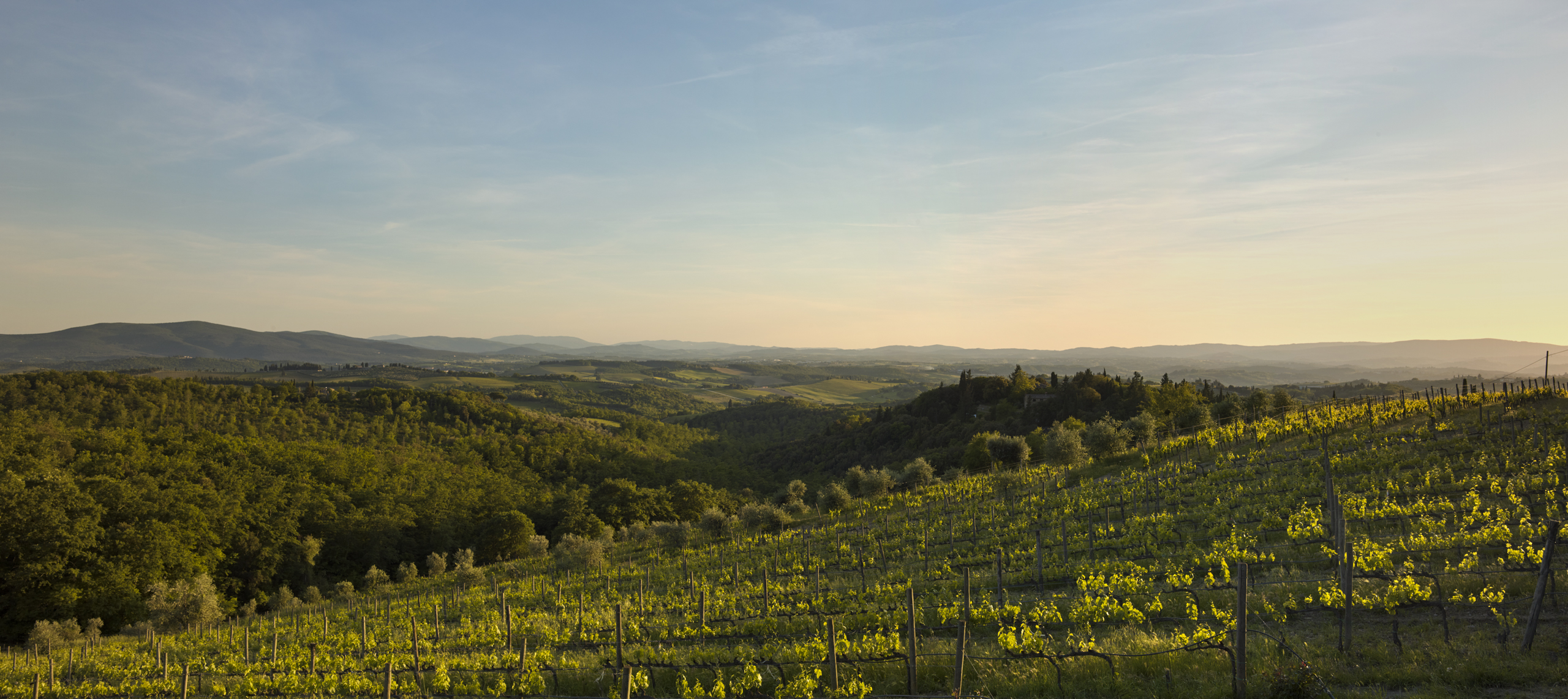
There is evidence of it dating back to the Assyrians and Babylonians in the east and, in the 5th century BC, to the Etruscans, who had a huge impact on Tuscany and were the true pioneers of this ancient skill on Italian soil. The dry stone wall system (with no stone processing or binding agents) has endured for thousands of years, both because of its lower cost compared to other masonry systems and because of its greater efficiency. In fact dry stone structures, if well built, can shift and adapt as soft ground moves, and therefore remain effective for many years.
Dry stone walls were built and maintained regularly until the Second World War. Since the 1960s, with the exodus of the rural population to the large urban centres, a decline has set in, the result of an increasing shortage of the manual skills, time and resources needed to maintain this type of artisan construction. The problem today lies in rebuilding or maintaining these structures after they have deteriorated.
Dry stone walls are not just aesthetically spectacular, they are often crucial in preventing landslides and combating soil erosion, improving biodiversity and creating ideal microclimatic conditions for viticulture. Although production per hectare is significantly lower when cultivation takes place on terraces, the quality of the vines reaches its peak under these conditions.
Dry stone walls in Gagliole
The agricultural landscape of many areas of Chianti Classico is characterized by the presence of ancient terraces used in the past by farmers to carve out strips of flat land for ease of cultivation. The slopes of the terraces were supported by ‘poor’ dry stone walls made with stones found on site.The technique of dry stone walling has its origins in ancient times
We have selected another two stories that might inspire you.
